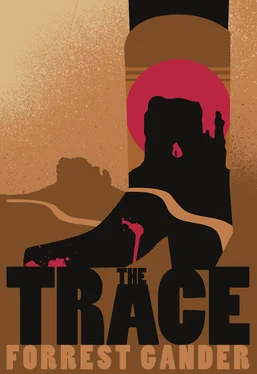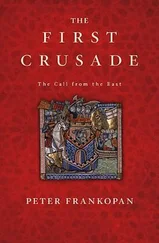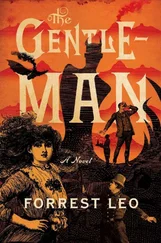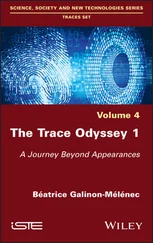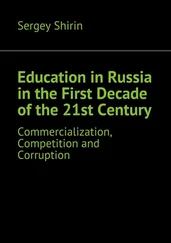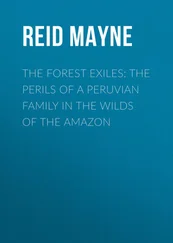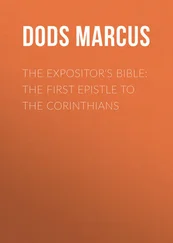Forrest Gander - The Trace
Здесь есть возможность читать онлайн «Forrest Gander - The Trace» весь текст электронной книги совершенно бесплатно (целиком полную версию без сокращений). В некоторых случаях можно слушать аудио, скачать через торрент в формате fb2 и присутствует краткое содержание. Год выпуска: 2014, Издательство: New Directions, Жанр: Современная проза, на английском языке. Описание произведения, (предисловие) а так же отзывы посетителей доступны на портале библиотеки ЛибКат.
- Название:The Trace
- Автор:
- Издательство:New Directions
- Жанр:
- Год:2014
- ISBN:нет данных
- Рейтинг книги:3 / 5. Голосов: 1
-
Избранное:Добавить в избранное
- Отзывы:
-
Ваша оценка:
- 60
- 1
- 2
- 3
- 4
- 5
The Trace: краткое содержание, описание и аннотация
Предлагаем к чтению аннотацию, описание, краткое содержание или предисловие (зависит от того, что написал сам автор книги «The Trace»). Если вы не нашли необходимую информацию о книге — напишите в комментариях, мы постараемся отыскать её.
The Trace — читать онлайн бесплатно полную книгу (весь текст) целиком
Ниже представлен текст книги, разбитый по страницам. Система сохранения места последней прочитанной страницы, позволяет с удобством читать онлайн бесплатно книгу «The Trace», без необходимости каждый раз заново искать на чём Вы остановились. Поставьте закладку, и сможете в любой момент перейти на страницу, на которой закончили чтение.
Интервал:
Закладка:
It would be nice to be together in Mexico, he thought. What worried him was that they wouldn’t be there on equal terms. He had to get home to do the writing and also prepare for the next school term. There wouldn’t be much time to take the kind of side trips she would want to take. He’d end up in charge: his trip, his schedule, his research. He’d have to be careful about that.
“Are you sure?” Hoa asked.
“Sure. Vamonos.”
She looked back at her book. Her feet still waving lackadaisically back and forth over her butt.
“Let me think about it,” she said.
four
Equal to These Flowers
Such moments he marks,
recalling them to his son — as when
they sledded Suicide Hill and spilled
from the sled, the boy landing on top
of his father who slid in his slick down
jacket down the hill on his back
clutching his son, the both of them
wheezing with laughter —
freeze into set pieces through the father’s
reportage and are finally, for him, far
less affecting than what
goes unmeasured and floats
around him with motes
of dust. Ordinary and unsorted.
Crossing the Border into Ojinaga
A little more than an hour after they left Marfa, twenty minutes after they passed Shafter, they drove into Presidio, Texas, through rocky hills spackled with white caliche, like toothpaste flecks on a mirror. Before crossing into Ojinaga, they stopped at the border-patrol station, going in to show their passports and pay for a vehicle permit and a tourist card.
On the Mexico side, there was the casual flow of pickups, their windows down, norteño rancheras blaring. Drivers greeted each other as they passed, mustachioed men wearing cowboy hats. The main street curved between blocks of faded, multicolored houses, little tiendas, and vacant lots toward the zócalo. Most of the cars were old, the trucks crusty and lopsided. And then, some flashy new GMCs or Ford Lobos with jacked suspensions and tinted windows and brassy corridos ay-yi-yi-ing inside.
It was late morning and the zócalo — a sunbaked, concrete promenade in the center of a sprawling, dusty town — was treeless. After finding a parking space along a side street, they rolled out into the blazing heat, standing next to their open doors, stretching. Dale bent to touch his toes and Hoa arched upward into the Salutation position, hearing her spine plunk like a cello string. No pain, just a dull D sharp. The light was dazzling as they strolled back to the zócalo on the shady side of the street. Sweat trickled below Dale’s underarms. He felt creaky.
A tertulia of taxi drivers wearing white Texan hats sat playing cards under a flimsy wooden trellis in one of the few shady corners of the zócalo. At the head of the concrete promenade next to a little clock tower reading 10:12 gleamed a life-size statue of Benito Juárez. Facing the arches of the municipal building across the street, the former president of Mexico held one arm tentatively in front of him. Under the other arm, he was carrying a bronze book. Dale went closer to see if there was any lettering on the cover.
“It says something,” he called to Hoa. But when he turned, he saw that she had already drifted away. He took out a folded paper from his back pants pocket — where he used to carry his wallet before someone told him it was terrible for his backbone — and he made a note: Juárez statue. Leyes de Reforma. 1857.
Coincidence, he thought. They’d been talking a while ago about Judge Roy Bean. Like Benito Juárez with his volume of legal reforms, Bean was famously associated with a book. The 1879 edition of the Revised Statutes of Texas. It was the single book the judge ever consulted, as he frequently boasted.
Dale held his hand over his eyes, surveying the plaza. There weren’t many people out, no teenagers at the zócalo. On one side, there were some shops and a restaurant. Hoa had walked across the street over into the portico shade of the café-con-leche-colored municipal building. There, on either side of the entrance, Dale could make out a few men sitting on benches. A brown dog with hanging teats crossed the street toward Dale, paused to eye him nervously, and changed direction. Then Dale saw the two teenage soldiers, each with a machine gun slung over his shoulder. They were posted under the portico, staring into the bleached street.
Dale crossed, following Hoa. She had turned from the wide porch and gone through the inner arch to the center patio of the municipal building. Inside, she was holding her fedora against her belly, her sunglasses hooked in the button of her blouse, and she was gazing up at an oversized mural painted across four walls. Dale sidled over, taking in the wrap-around mural. A few men and women were shuffling through various office doors around them and were visible on the second floor.
“Does that priest have fangs?” Hoa asked in a hushed voice, her eyes riveted to a black-cloaked figure.
Dale turned. “I don’t know. Looks like a case of good priest, bad priest. Because the one over there in the other panel,” he nodded, “I’m pretty sure that’s Padre Hidalgo. Leading the people into revolution.”
“Pretty rare to see a priest as a vampire in a country as Catholic as Mexico, isn’t it?”
Dale wasn’t sure. The one priest had some long incisors.
Stepping back outside, they began exploring the streets of Ojinaga. Hoa put on her fedora and Dale realized he’d left his visor at El Paisano Hotel in Marfa. The sun was more vicious here than in Marfa and it seemed directed at Dale’s forehead once again. They followed narrow streets, trying to stay to the shadow side, but there was less and less shadow. A man behind a street-corner food stand was ladling out bowls of tripe soup. Near a dark little tienda where women were buying bags of white tortilla dough, Hoa and Dale were forced to step off the sidewalk as roofers heaved chunks of tile and wood in the general direction of a dumpster. Clouds of white dust drifted across the street.
“Did we just walk into a snow globe?” Hoa asked.
They held their breath until they covered half the block.
Now and again, a street would lead to a vantage point from which they could see a wide, cultivated valley that was greener than on the other of the border. The gray mountains of the U.S. glimmered.
Soon, the pavement gave way to dirt, and they were in a poorer neighborhood where the adobe was unpainted, falling away in slabs, exposing scalloped and pocked clay. Under flat roofs and patchworks of tarp, old women watched them from open doorways. Pariah dogs skulked or lay inert on the edge of the street. The air was rank with burning trash. A man on a listless burro clopped past, averting his eyes. Ahead looked like more of the same, so they turned back, keeping to the middle of the street.
Near the place they had parked, they stood pressed against the shade of a cantina next to a corn cart. The boiled corn was placed on the grill, the vendor squeezing lime juice on the roasted ear and pinching red chili onto it. It smelled fantastic, but Dale was wary about the water it was boiled in. Hoa was admiring the view into the valley as two boys on bicycles zoomed by them on the wrong side of the street, descending the hill, careening around the corner and out of sight.
“It was supposed to be impregnable, Ojinaga’s fort, because it’s built on this mesa,” Dale said. “If Bierce was wounded here, he was probably inside the fort with the Federales.”
Hoa looked down the hill after the boys and then out to the cultivated pasture with its stand of cottonwoods and scattering of thatched mud and wattle houses. She said, “They call it the Rio Bravo don’t they?”
Читать дальшеИнтервал:
Закладка:
Похожие книги на «The Trace»
Представляем Вашему вниманию похожие книги на «The Trace» списком для выбора. Мы отобрали схожую по названию и смыслу литературу в надежде предоставить читателям больше вариантов отыскать новые, интересные, ещё непрочитанные произведения.
Обсуждение, отзывы о книге «The Trace» и просто собственные мнения читателей. Оставьте ваши комментарии, напишите, что Вы думаете о произведении, его смысле или главных героях. Укажите что конкретно понравилось, а что нет, и почему Вы так считаете.
